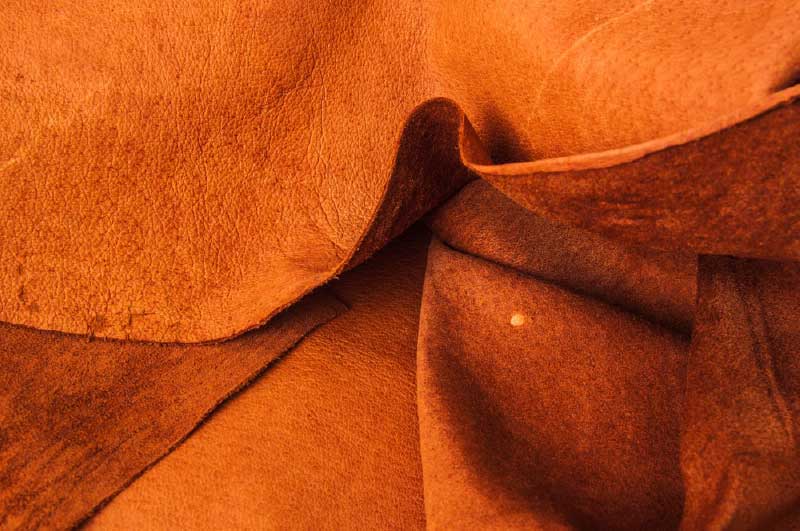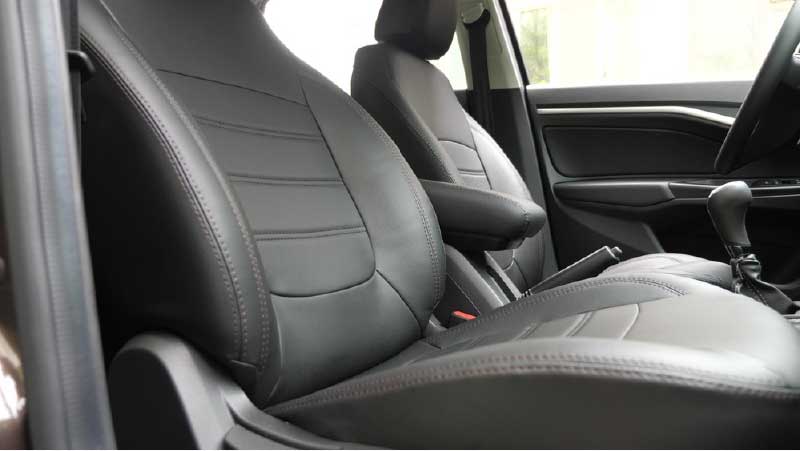
Faux leather, the illustrious, versatile, and sustainable fabric, has become prominent over the last few decades. From the high fashion runways to your local furniture store, faux leather has made its mark. But how did this synthetic fabric evolve? Our journey begins with faux leather’s inception, travels through its historical development and innovation, and ends with its modern-day applications. Let’s explore this fascinating journey together, and if you’d like to discover a wide range of faux leather sheets during our adventure, visit feefifauxleather.com.
The Dawn of Faux Leather
Faux Leather’s story begins in the early 20th century. At this time, genuine leather was a major commodity, serving multiple purposes, from clothing and accessories to furniture. However, it was only affordable and sustainable for some. Hence, the search for a synthetic alternative began.
In 1913, German scientists Fritz Klatte and Eduard Tschunkur succeeded in creating the first faux leather known as “Galalith.” This material, primarily used for buttons and accessories, was made from casein, a protein derived from milk. Although Galalith lacked flexibility, it was the stepping stone for the creation of future synthetic leather.
The Rise of PVC and PU Leather
By the mid-20th century, scientists were eager to improve Galalith’s limitations. This quest led to the development of two main types of synthetic leather: PVC (Polyvinyl Chloride) and PU (Polyurethane) leather.
PVC leather was the first to arrive on the scene in the 1960s. Although this plastic-based leather had its limitations (it was less breathable and flexible than real leather), it was highly durable, easy to clean, and, most importantly, affordable.
Advances in Faux Leather Technology
Despite PVC and PU leather offering a great alternative, scientists continued their pursuit of perfecting faux leather. This journey led to the invention of more breathable, eco-friendly, and realistic-looking faux leather varieties. Using microfibers and new coating technologies brought faux leather one step closer to mimicking the feel and luxury of real leather.
Faux Leather in the Fashion Industry

Throughout the 1980s and 1990s, faux leather became a staple in the fashion industry. Its affordability, versatility, and ethical appeal made it popular among designers. Faux leather began appearing in all forms of clothing, from jackets and pants to accessories like bags and shoes.
Brands started to realize the ethical implications of using real leather. Concerns about animal rights and the environmental impact of leather production led many to switch to faux alternatives. Today, many luxury fashion houses are proudly leather-free, favoring faux leather in their collections.
Faux Leather in Home Décor and Furnishing
Faux leather is not limited to the fashion world. Its durability and aesthetic appeal have made it a popular choice in home décor and furnishings. It’s easy to clean, resistant to wear and tear, and offers an upscale look without the high cost of genuine leather. This has led to the rise of faux leather furniture, home décor, and costumes!
Modern-Day Faux Leather: The Future is Here
In recent years, faux leather has reached new heights with the development of plant-based alternatives. These products, made from resources like pineapple leaves, apple peels, and cactus, offer an even more sustainable and environmentally-friendly option. They have the potential to revolutionize the industry, offering all the benefits of traditional faux leather with an even smaller environmental footprint.
The Economics of Faux Leather
The economics of faux leather have also changed dramatically over time. Initially, the production of synthetic alternatives was quite costly. However, as technologies advanced and the scale of production increased, the cost gradually decreased.
Today, faux leather offers an economical and high-quality alternative to genuine leather. The fashion, automotive, and furniture industries benefit from the affordability and versatility of faux leather, making it a favorable choice for a wide range of products.
Faux Leather in the Automotive Industry

Faux leather has made a significant impact in the automotive industry as well. Early cars were decked out in genuine leather – a choice with a hefty price tag and significant maintenance needs. With the introduction of faux leather, the auto industry saw an opportunity to provide luxury at a fraction of the cost.
Faux Leather: A Reflection of Societal Values
One of the most significant aspects of the evolution of faux leather is its reflection of societal values. As our society becomes more conscious of animal welfare and environmental issues, faux leather is a testament to the changes in our collective mindset.
Today, choosing faux leather isn’t just about saving money; it’s a statement of one’s ethical and environmental values. Many consumers choose faux leather because it aligns with their beliefs, reinforcing the importance of animal welfare and environmental sustainability.
Final Thoughts
From its humble beginnings to its modern-day evolution, faux leather has remained a symbol of innovation, adaptability, and sustainability. The journey of faux leather mirrors our societal changes, reflecting shifts in consumer behavior and an increasing commitment to ethical and sustainable practices.



